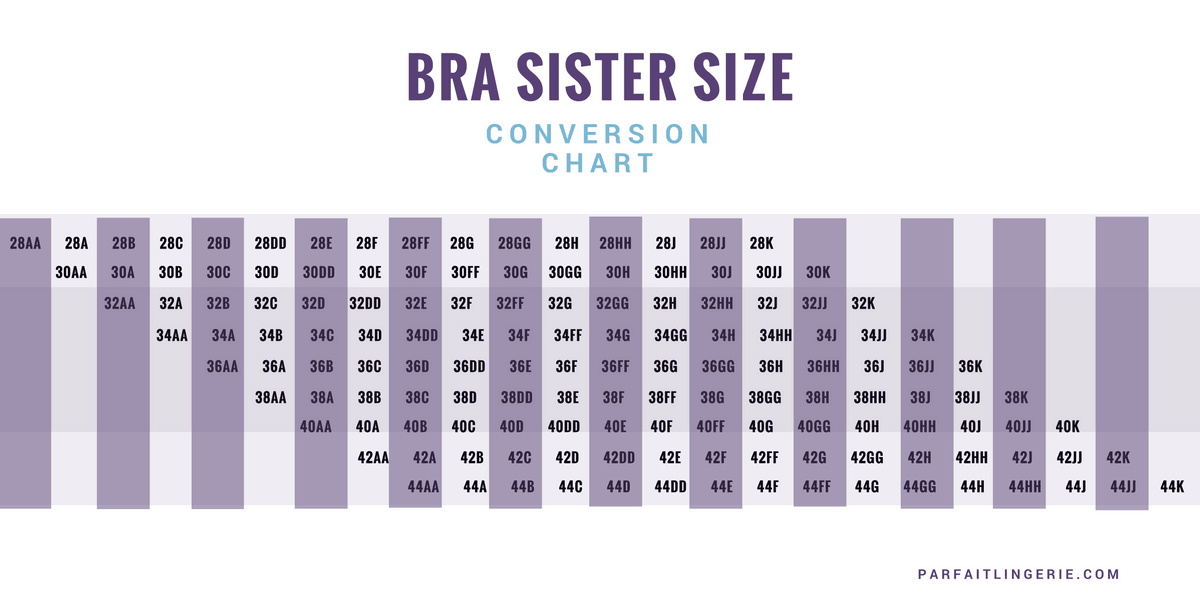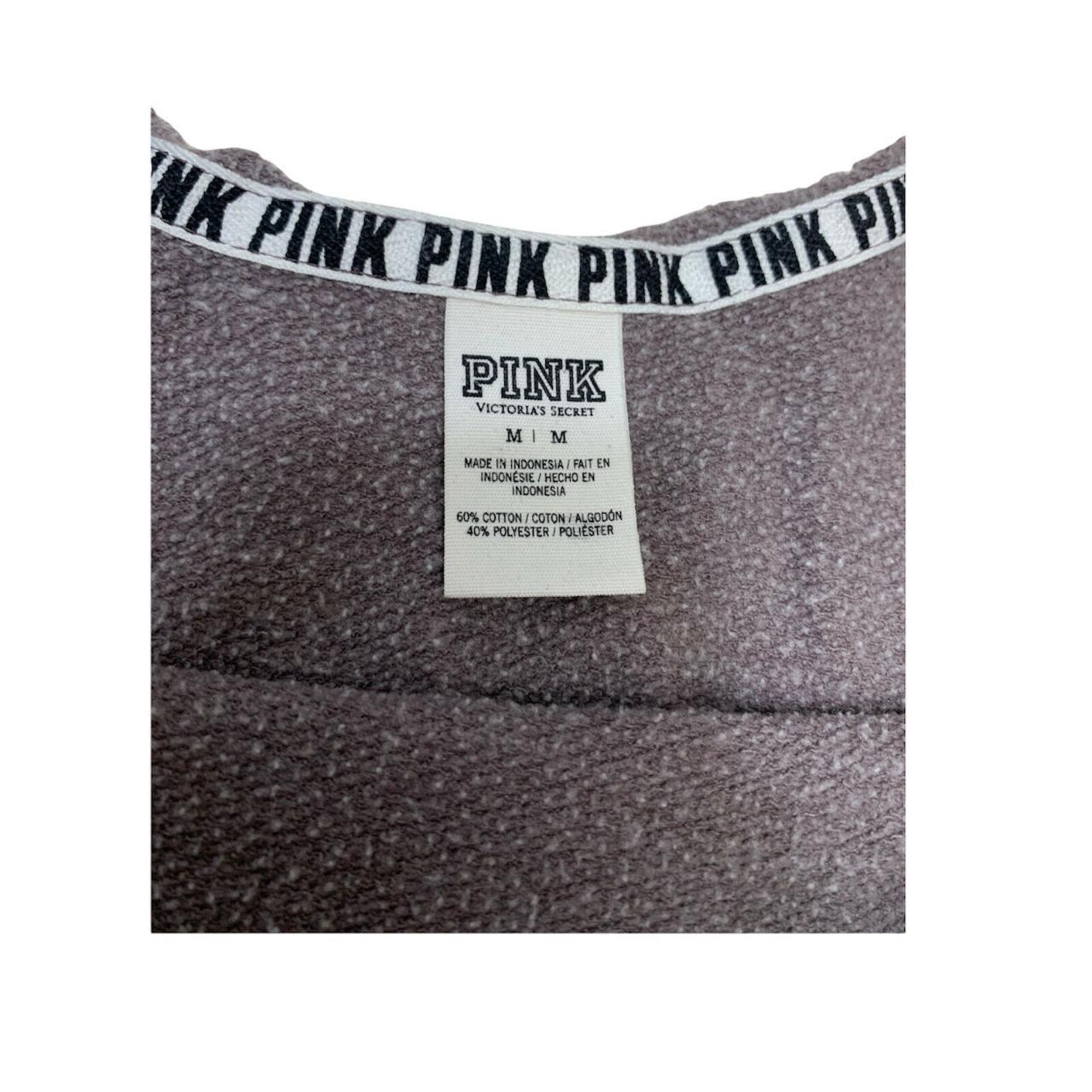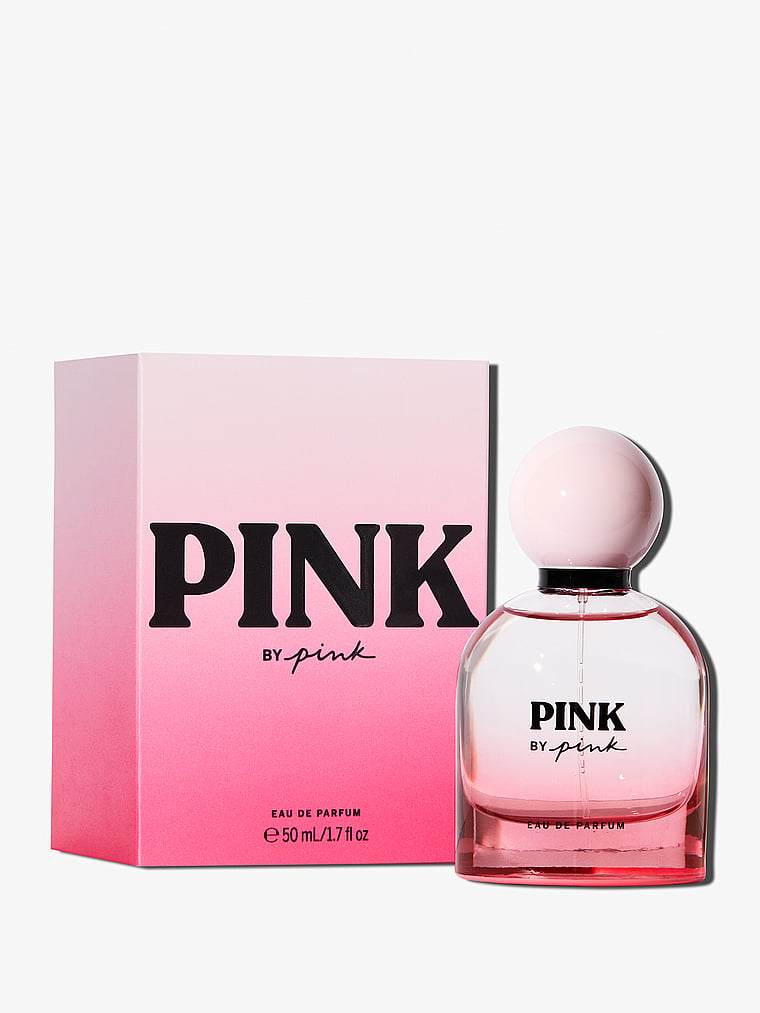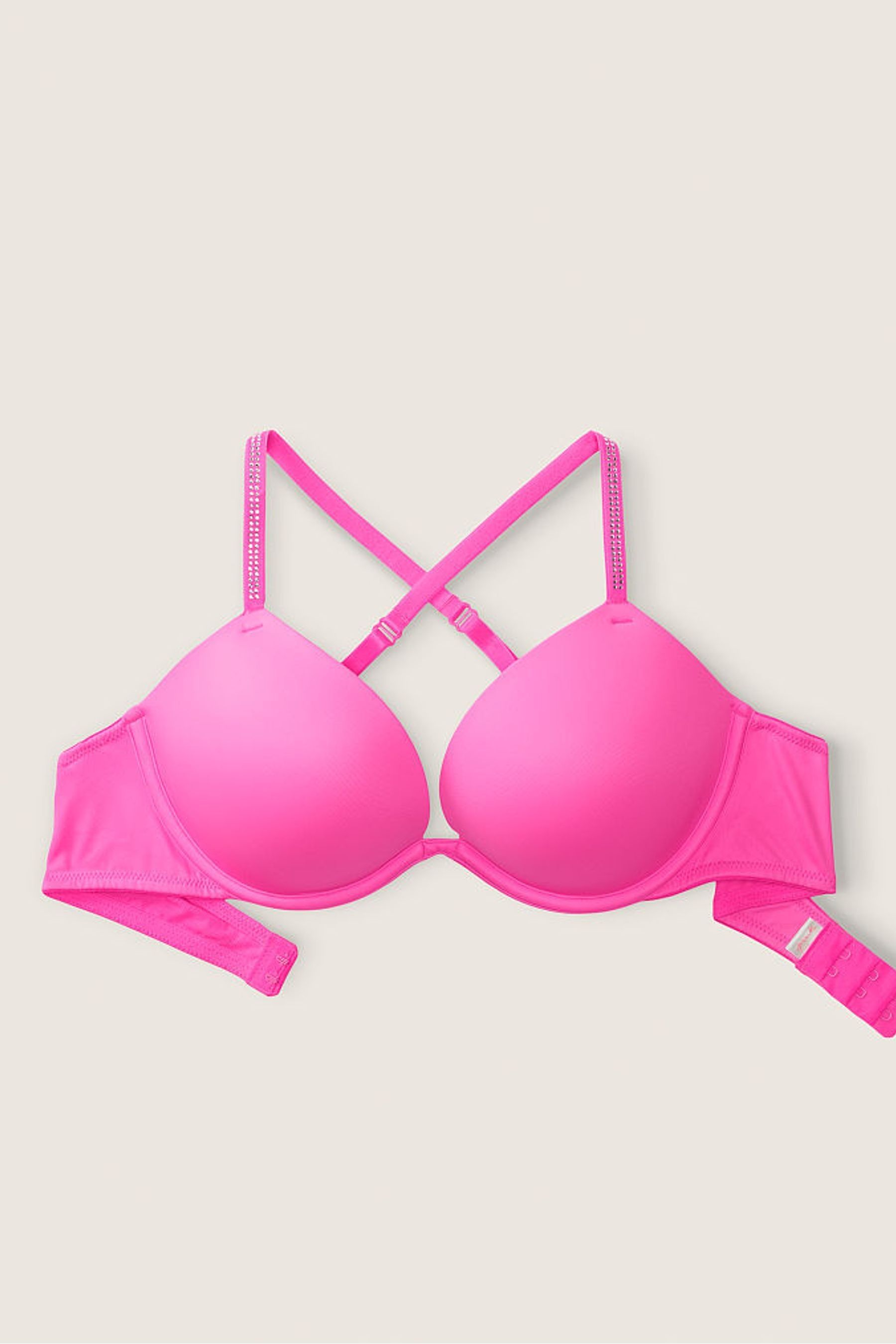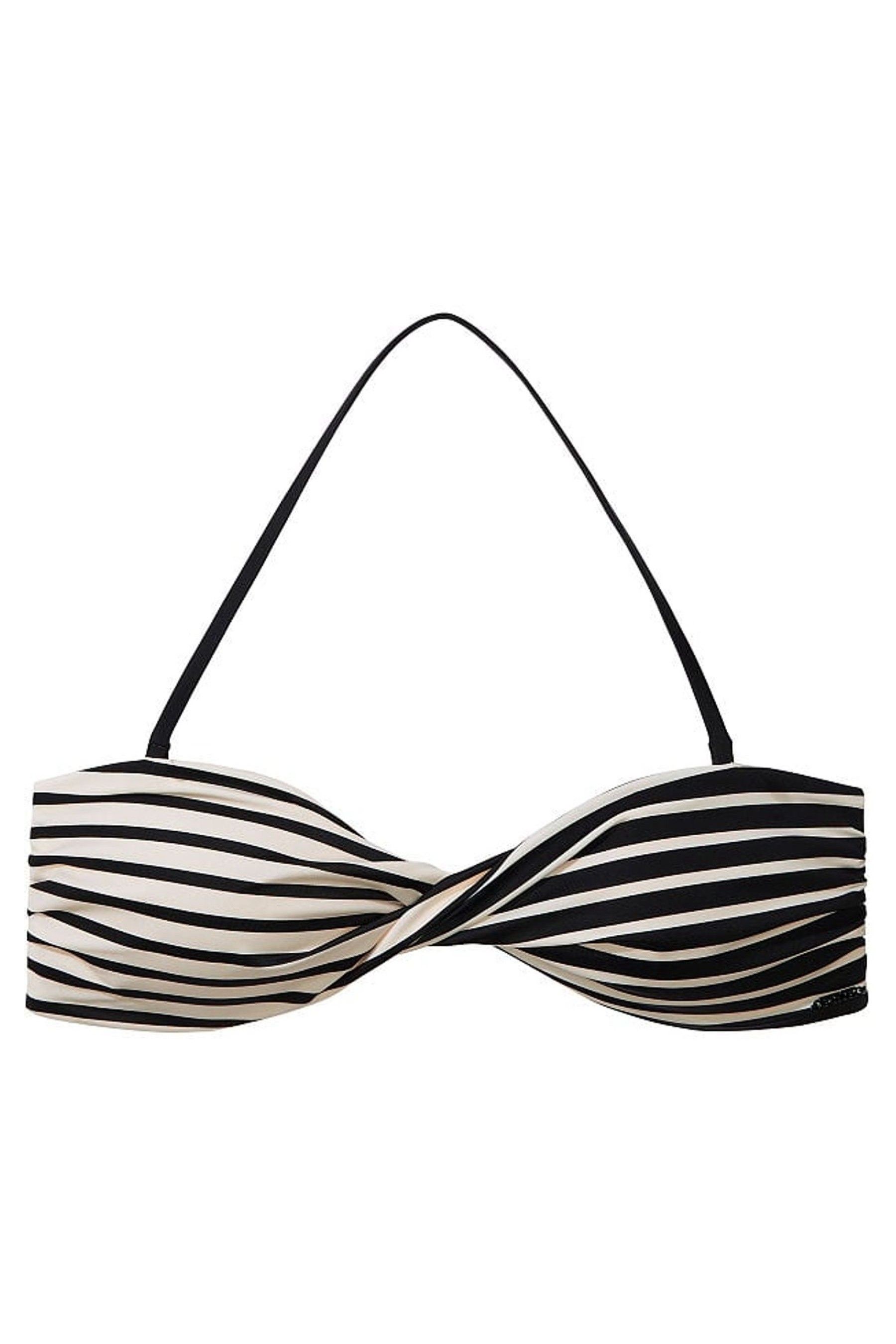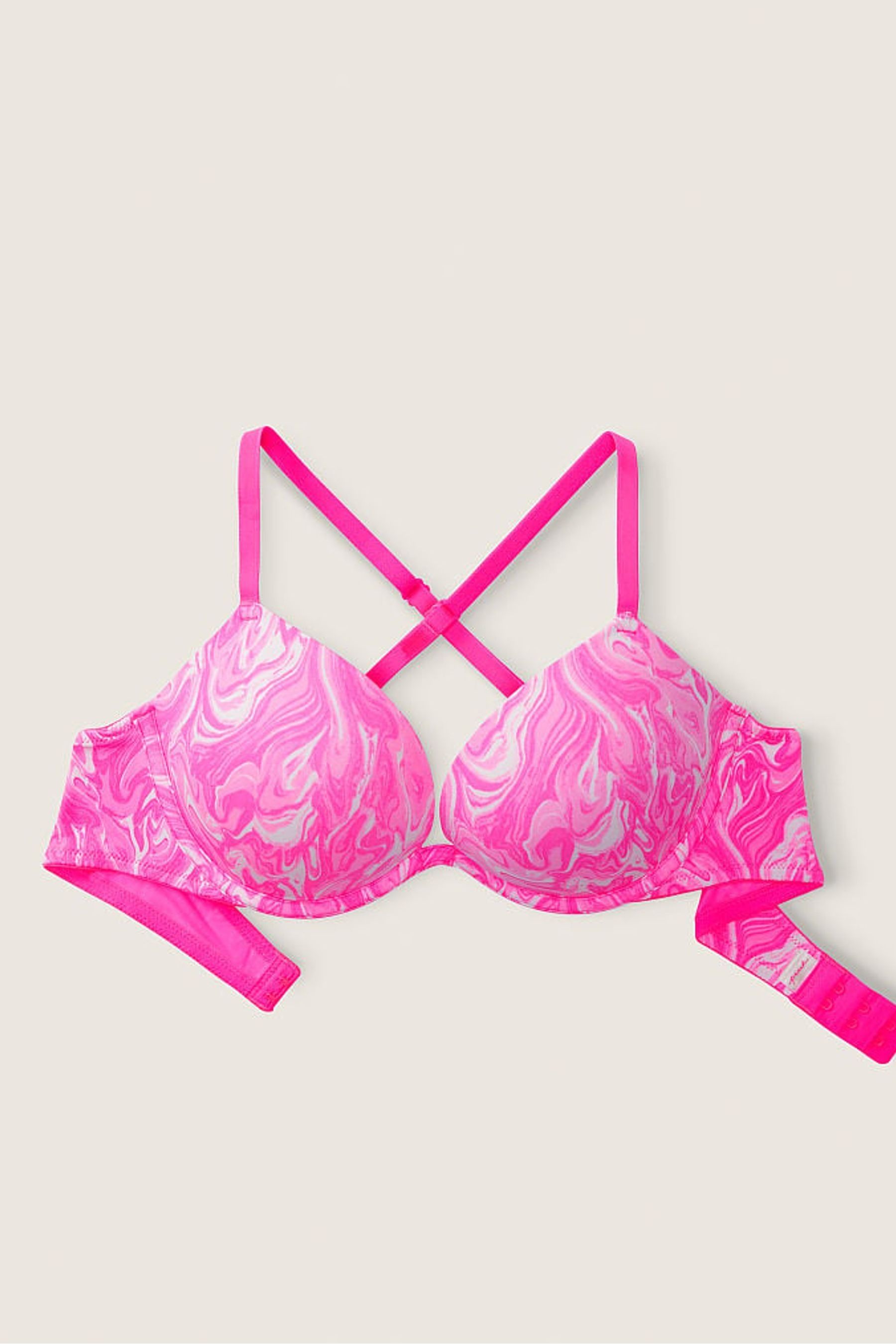Are Victoria Secret And Pink The Same Size

The quest for the perfect fit is a universal struggle, but it becomes a particular point of contention when navigating the often-inconsistent world of women's apparel. Victoria's Secret and its sister brand, Pink, are two of the most recognizable names in intimate apparel and loungewear, yet a persistent question lingers in dressing rooms and online forums: Are Victoria's Secret and Pink sizes truly the same?
This seemingly simple query exposes a complex web of sizing variations, target demographics, and manufacturing nuances. This article delves into the reality behind sizing at Victoria's Secret and Pink, examining if a size medium in one brand reliably translates to a medium in the other, and what factors contribute to discrepancies.
Decoding the Size Charts
At face value, both Victoria's Secret and Pink offer comprehensive size charts online. These charts provide measurements for bras, underwear, apparel, and even swimwear. Comparing these charts directly is the first step in understanding the potential for size differences.
However, direct comparisons can be misleading. Industry experts note that sizing is not standardized across brands, and even within the same company, variations can occur due to different styles, fabrics, and manufacturing processes.
The Target Demographic Factor
One key differentiator between Victoria's Secret and Pink lies in their target demographics. Victoria's Secret traditionally caters to a slightly older demographic, focusing on more sophisticated styles and a broader range of body types.
Pink, on the other hand, is primarily aimed at younger customers, often college-aged or in their teens. This focus can influence sizing, with Pink potentially favoring slimmer, more youthful proportions.
"While both brands fall under the same corporate umbrella, their target audiences and associated aesthetic preferences can impact sizing conventions," explains retail analyst, Jane Doe.
Fabric and Style Considerations
The type of fabric used in a garment significantly affects its fit. Stretchier materials, like those often found in Pink's loungewear, might offer more flexibility and forgiveness in sizing.
In contrast, Victoria's Secret's lingerie, which often features delicate lace, structured cups, and less elastic fabrics, may require a more precise fit. Similarly, style variations, such as a tight-fitting bodysuit versus a flowy t-shirt, will impact how a particular size feels.
Therefore, even if the size chart indicates a similarity, the actual fit can vary substantially depending on the garment's design and composition.
Customer Experiences and Online Forums
A quick search online reveals countless discussions and anecdotal evidence from customers who have encountered sizing discrepancies between Victoria's Secret and Pink. Many report needing to size up or down when switching between the two brands.
These experiences highlight the importance of reading product reviews and paying close attention to fit descriptions before making a purchase. However, anecdotal reports lack the rigor of systematic measurement studies.
Unfortunately, there's no publicly available large-scale data comparing the actual garment measurements between Victoria's Secret and Pink across various styles and sizes. Such data would provide a more definitive answer.
What's Next for Sizing Consistency?
The ongoing debate about sizing consistency underscores the need for greater transparency and standardization within the fashion industry. While a universal sizing system remains elusive, brands can improve customer satisfaction by providing more detailed fit information and incorporating customer feedback into their design processes.
For consumers, the best approach is to treat each garment individually, paying close attention to size charts, fabric composition, and customer reviews. It may be prudent to order multiple sizes to ensure a proper fit, particularly when shopping online.
Ultimately, understanding that Victoria's Secret and Pink may not adhere to identical sizing conventions is crucial for navigating the retail landscape. While the brands share a parent company, their unique target markets and garment styles contribute to sizing variability, highlighting the need for consumers to approach each purchase with careful consideration and a degree of flexibility.
